Frigatebird Migration
Solar transmitters on ocean-going frigatebirds reveal how they keep aloft for months at a time.

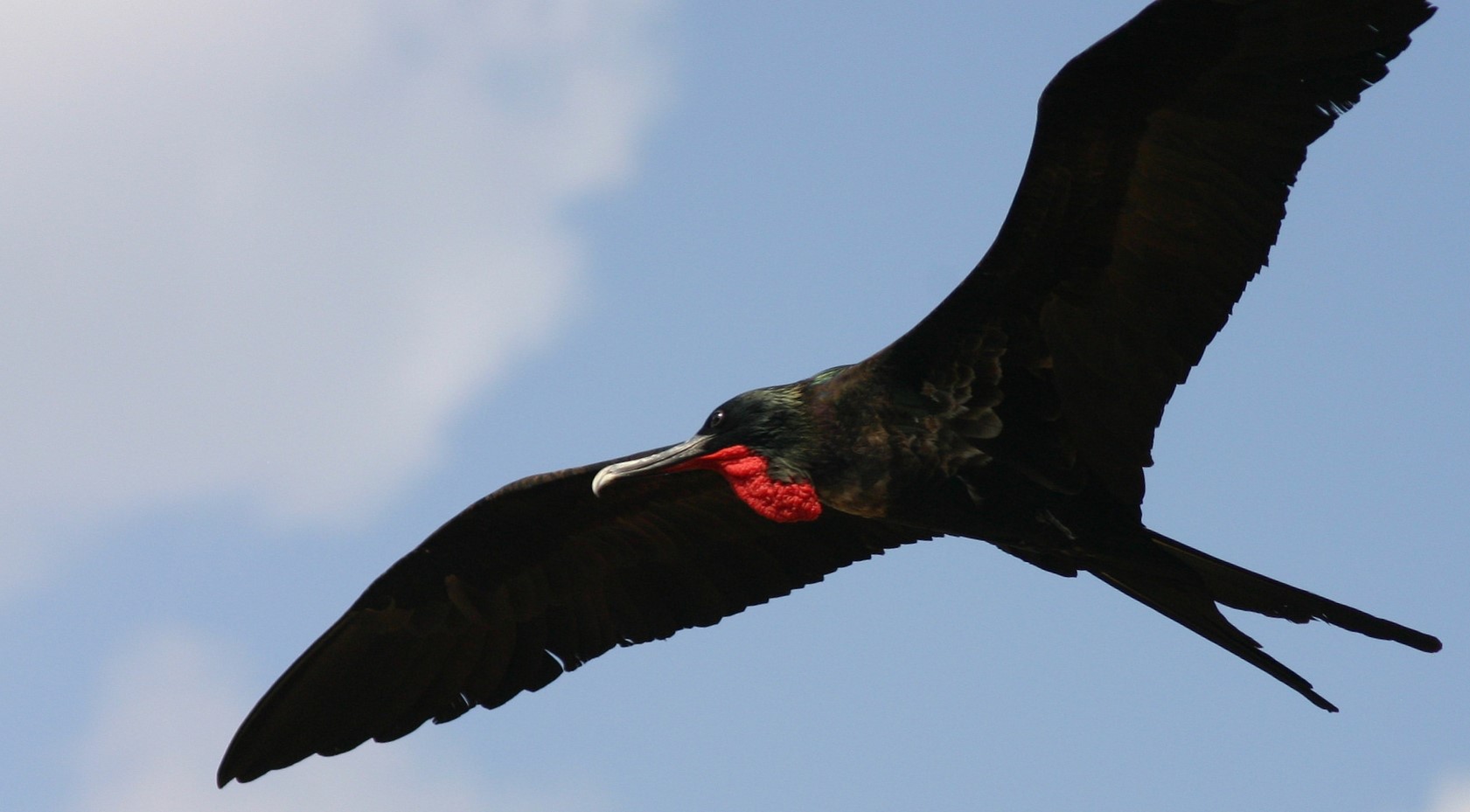
Solar transmitters on ocean-going frigatebirds reveal how they keep aloft for months at a time.
Rather than gather any pollen in the vicinity, bumblebees carefully select it based on their nutritional requirements.

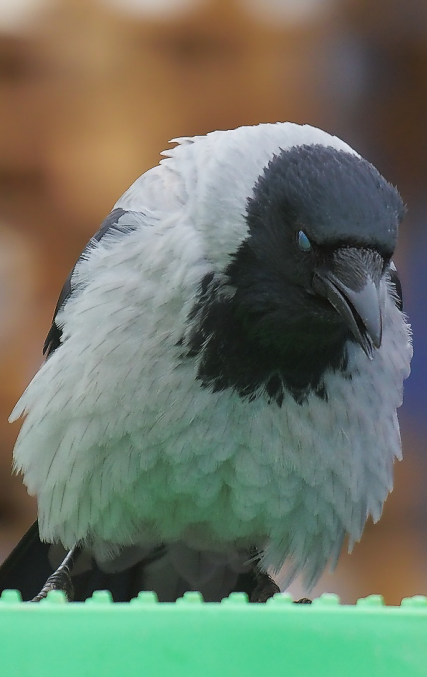
How do crows and other birds calculate the risks and benefits of human-dominated urban environments?
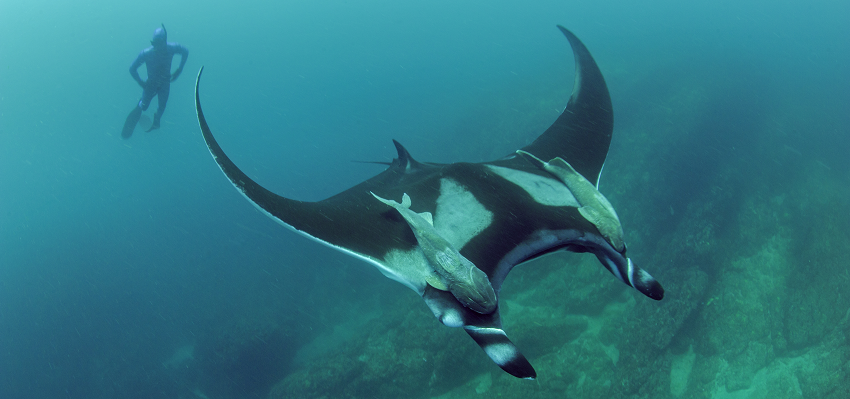
Oceanic manta rays don’t migrate long distances like other large sea creatures.
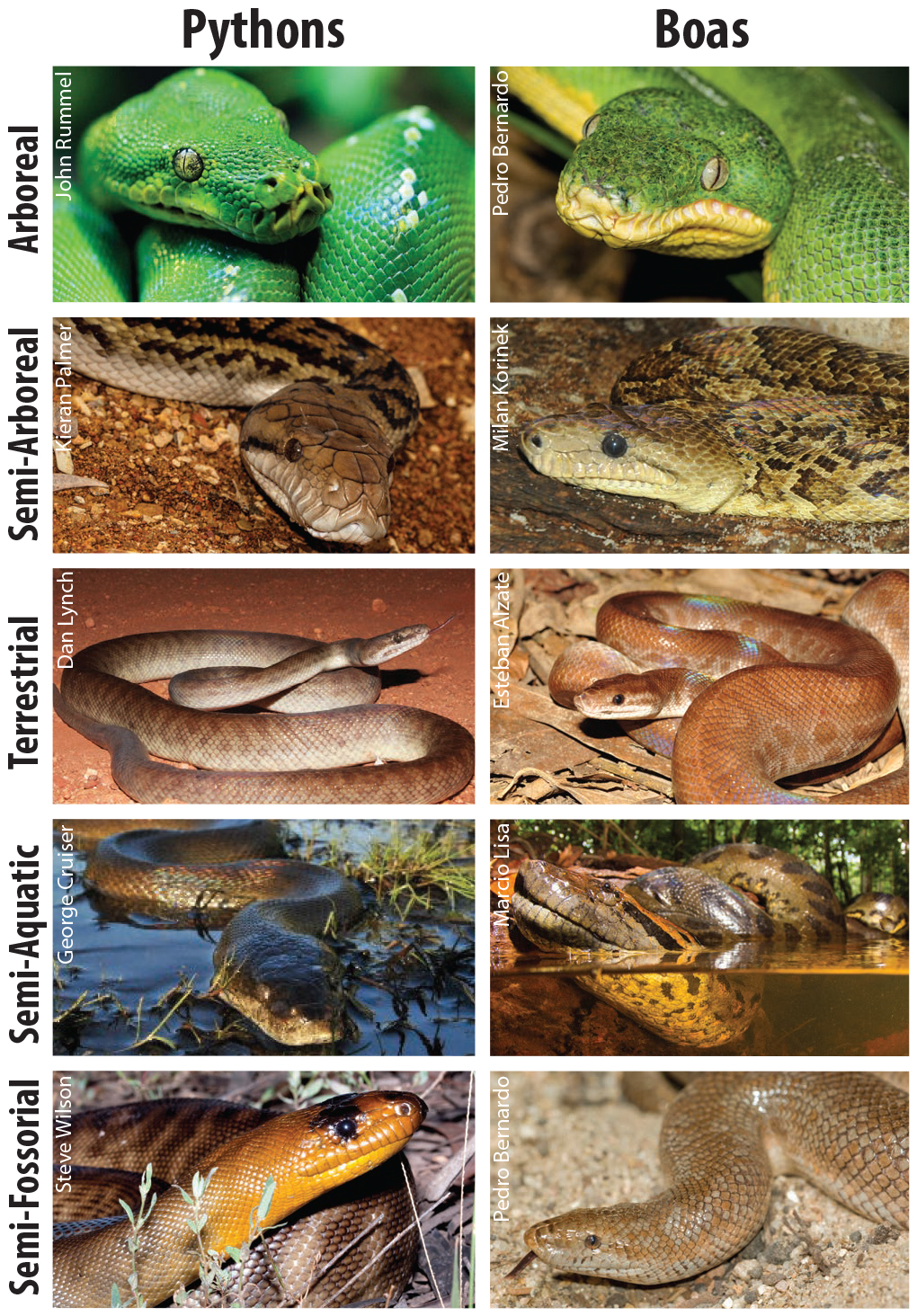
Some unrelated snake species have evolved major similarities even though they live halfway around the world from each other.
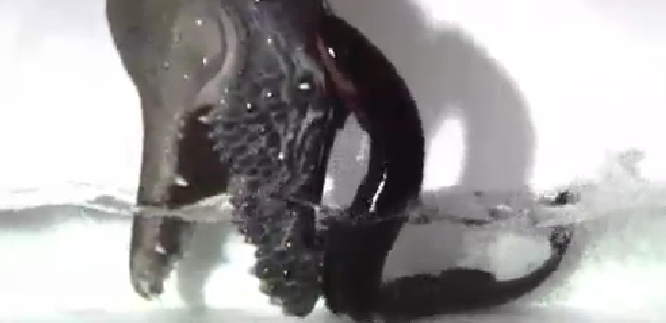

Today’s dogs may have arisen from two different wolf populations, on opposite sides of Eurasia.
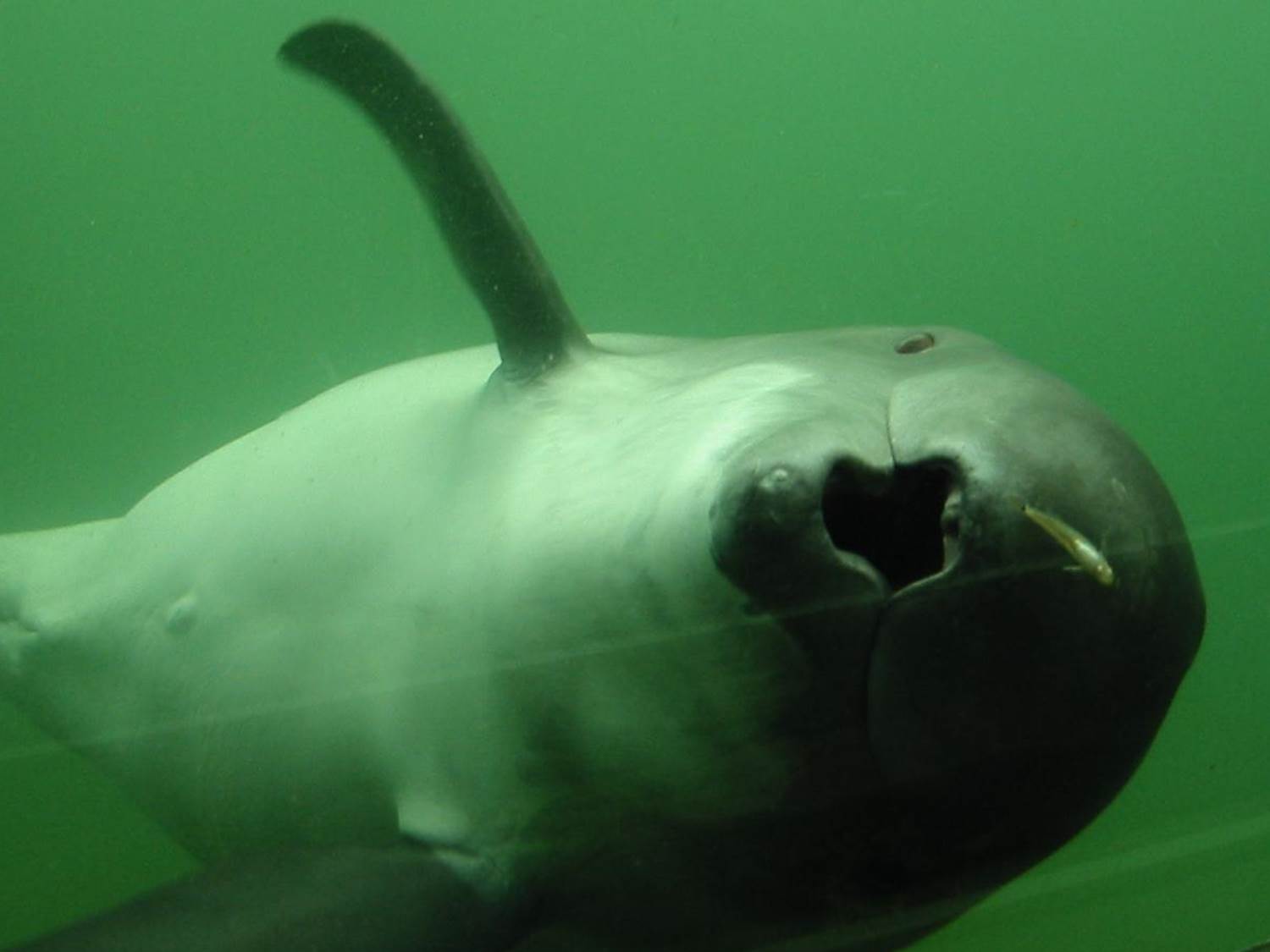
Harbor porpoises are championship hunters, eating nearly constantly day and night.

Rattlesnake venom is more potent against local ground squirrels than those from other locales.
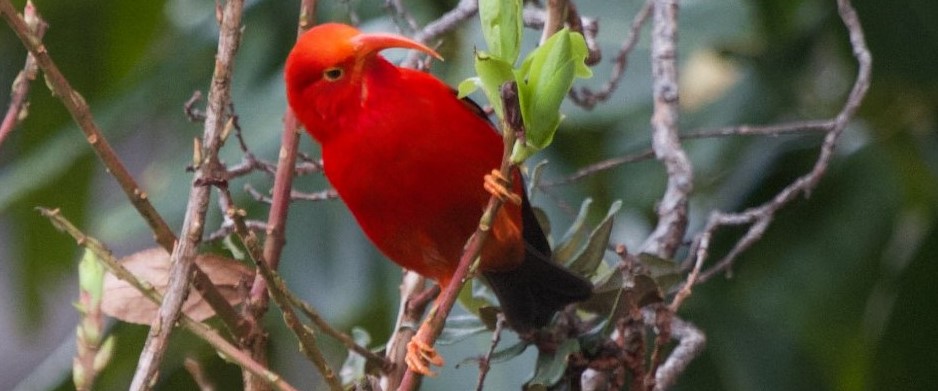
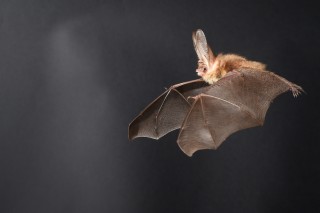
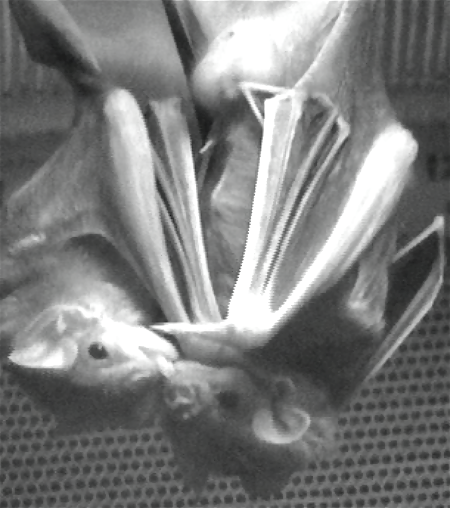
Vocal communication between vampire bats who know each other helps them survive when they don’t get enough to eat.
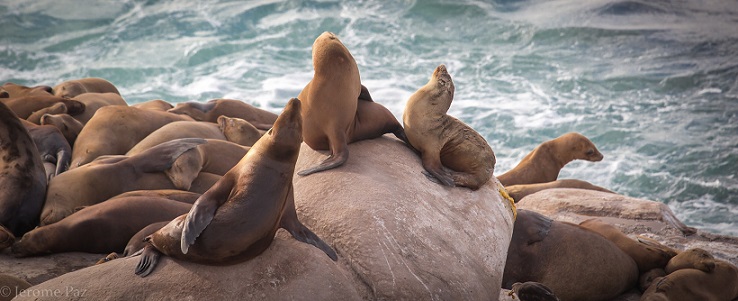
Marine mammals brought tuberculosis to South Americans from Africa more than 1000 years ago.
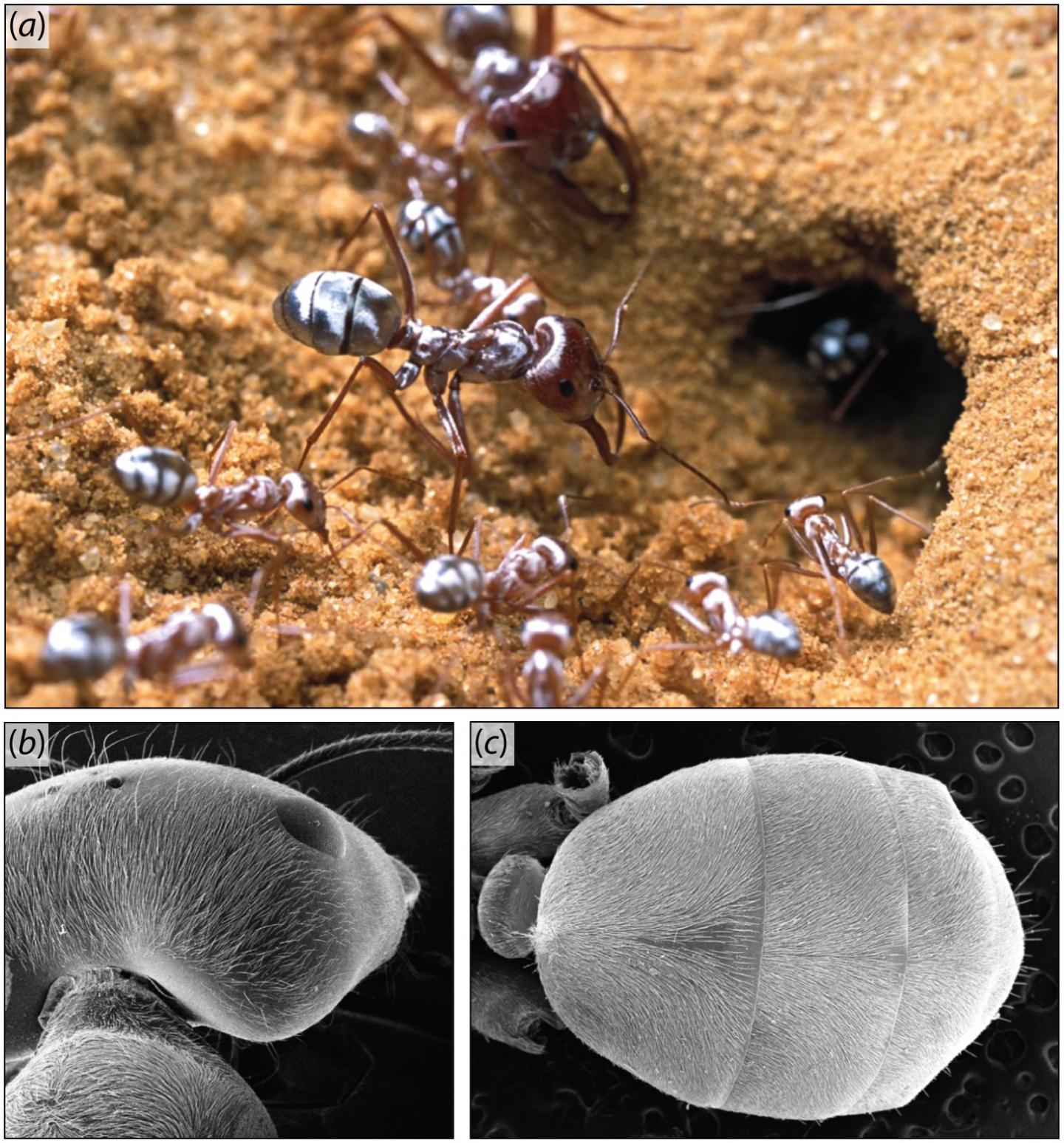
Ultra-reflective silver ants stay cool in desert temperatures topping 120˚ Fahrenheit.
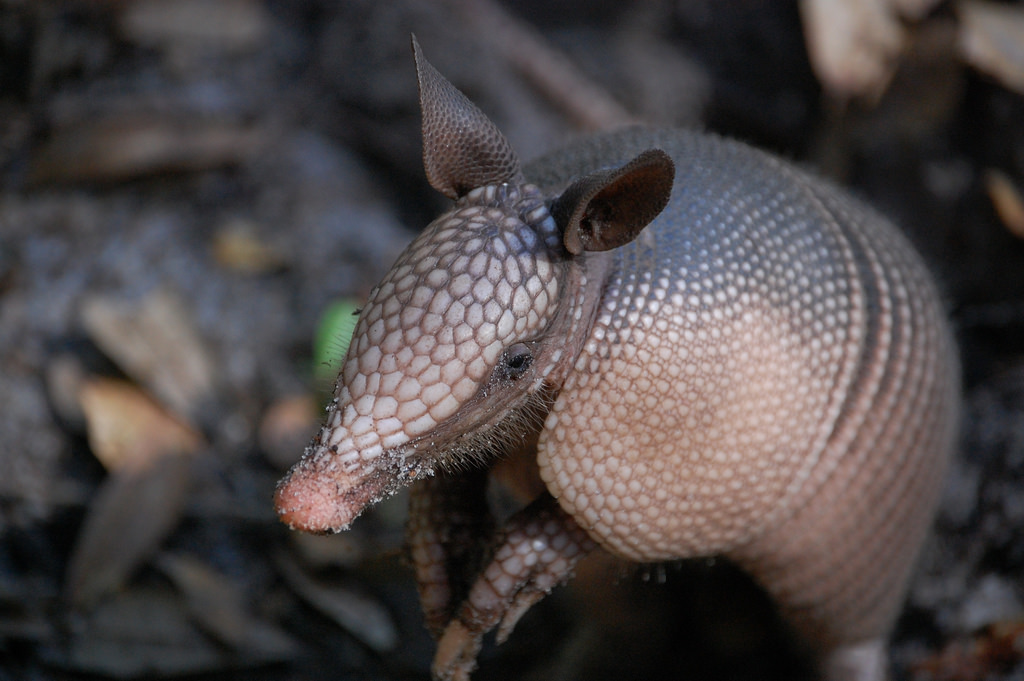
The armadillo’s poor eyesight is helping researchers understand the genes behind certain forms of blindness.
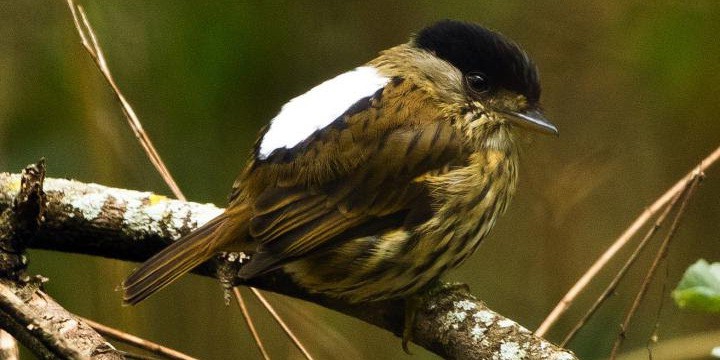
Some birds use their feathers to produce loud sounds as part of elaborate mating rituals.
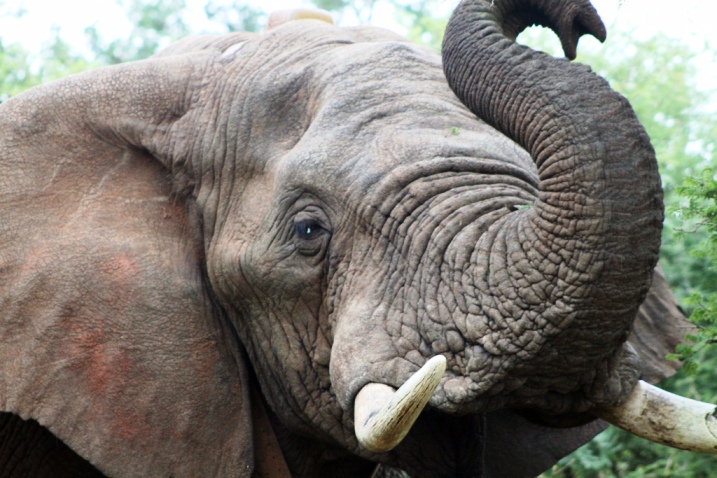
Elephants, unlike mammals much more similar to us, seem to instinctively understand pointing gestures.
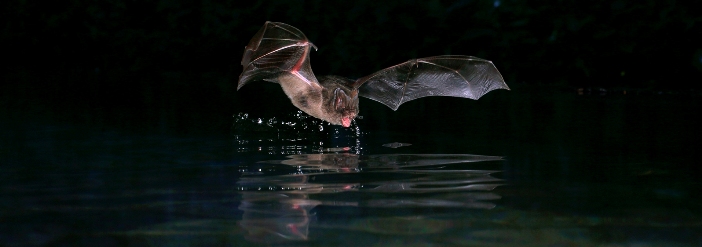
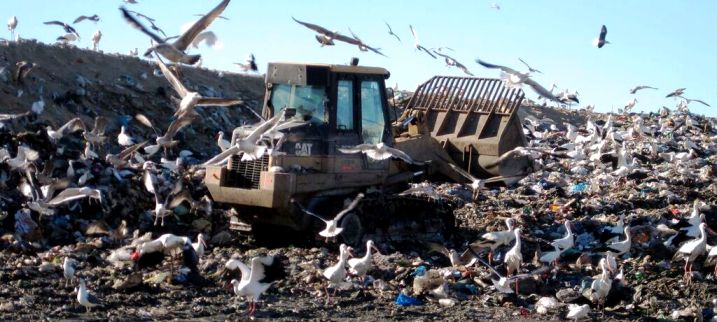
Storks in Europe are forgoing migration to Africa because of the ready availability of human food from landfills.
